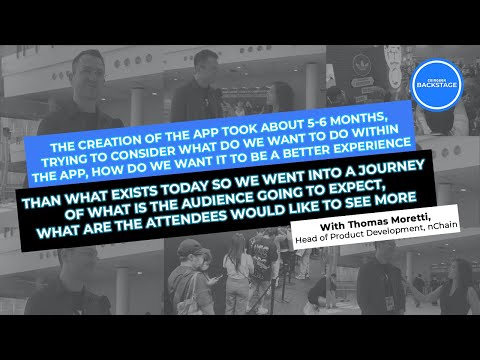Digital asset leaders from JP Morgan (NASDAQ: JPM) and Citi (NASDAQ: C) recently discussed the current innovation as well as the limitations of digital currencies, blockchain technology, and bank accounts.
Omar Farooq, who heads up Onyx by JPMorgan, identified assets living in different silos as a key challenge. “One of the macro limitations is silos. So money is in a silo, securities are in a silo, commodities (are in a silo). You can just go across asset classes, everything lives in its own silo. And those silos don’t easily talk to each other. That’s why a lot of the settlement might take a day or two or longer,” Farooq said.
Farooq also highlighted how JPM Coin transactions have exploded since they introduced programmability in 2023. He said that transactions have increased at least 10x and possibly up to 100x. He noted that most of them were small, casual transactions, giving the example of an industrial printer that gets paid every time it prints.
So, programmability and interoperability are clearly in demand, and the biggest banks and asset managers in the world are beginning to see the vision. But are the current crop of blockchains capable of delivering?
The original Bitcoin protocol can deliver on the dream
The main problem with popular blockchains like Ethereum and Avalanche, which enable programmability, is scaling limitations. Despite almost a decade of promises out of the Ethereum camp, the blockchain can still only process 20 transactions per second, and the fees fluctuate wildly.
Paying a $30 transaction fee obviously kills the example use case of paying an industrial printer every time it prints, and 20 transactions per second isn’t enough to run even a minor payments system, let alone all the transactions in the world. Programmability is indeed revolutionary, but it’s no good if the blockchains offering it can’t scale.
So, what’s the solution? So far, institutions have turned to private-permissioned blockchains like JPMorgan’s own or Ethereum’s Hyperledger Besu, which can do up to 10,000 transactions per second. This reintroduces the problem of everything living in silos, in this case, on different blockchains.
Multiple chains and layer two solutions or side chains mean longer settlement times, using bridges with security vulnerabilities to move digital assets between chains and reintroducing multiple sets of books. The entire point of blockchain technology is fast settlements, near-total security, and global transparency.
What’s required is one blockchain that can scale unboundedly, has all the security of proof-of-work (PoW) as a consensus mechanism, and has programmability as a feature. Today, only BSV blockchain can deliver what’s needed. That’s why companies like IBM (NASDAQ: IBM) have partnered up with Gate2Chain and SmartLedger Solutions to build on it.
BSV blockchain currently does 100,000 transactions per second, with millions per second in testing. The fees are 1/1,000th of a cent on average, and thanks to the powerful Bitcoin Script, programmable transactions of all kinds are possible. sCrypt founder Xiaohui Liu has shown how smart contracts on BSV blockchain work.
If the vision is infinite transactions on one scalable, auditable ledger, smart contracts and programmable money, true peer-to-peer transactions, superfast settlement, and asset interoperability, it must happen on one blockchain. So far, only BSV blockchain is scaling to meet the demand.
Watch: Showcasing power of blockchain tech with nChain Web3 event app
New to blockchain? Check out CoinGeek’s Blockchain for Beginners section, the ultimate resource guide to learn more about blockchain technology.





